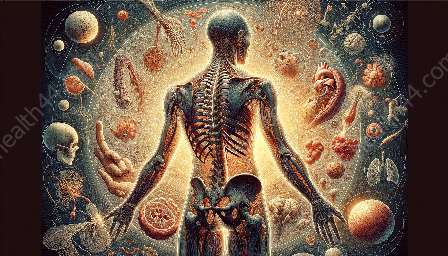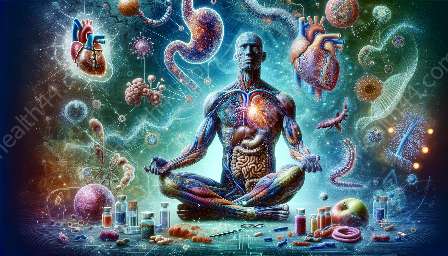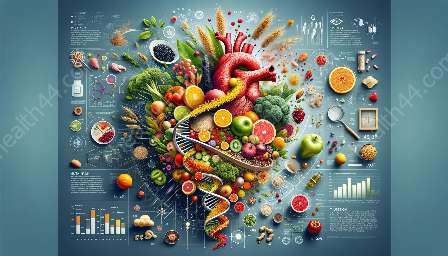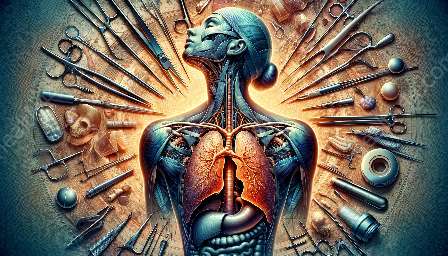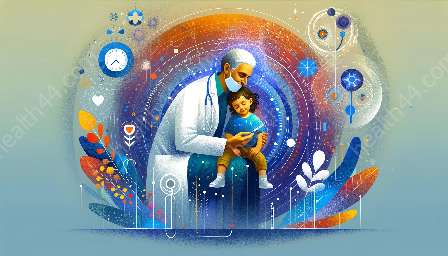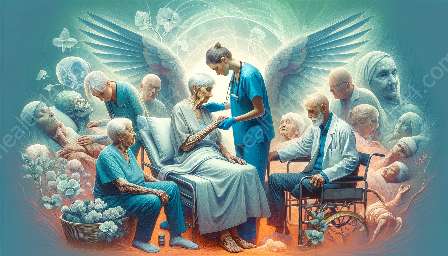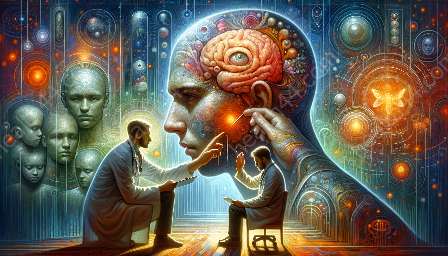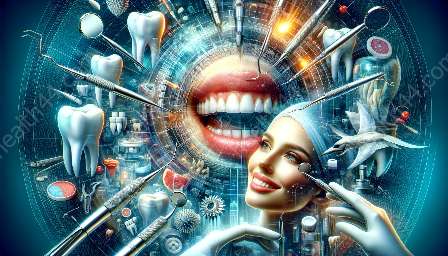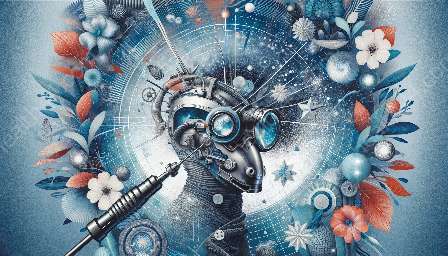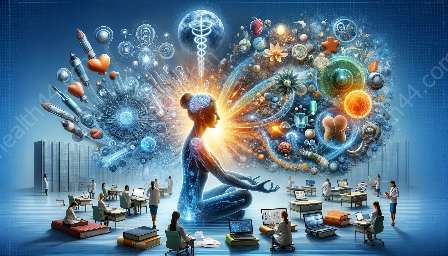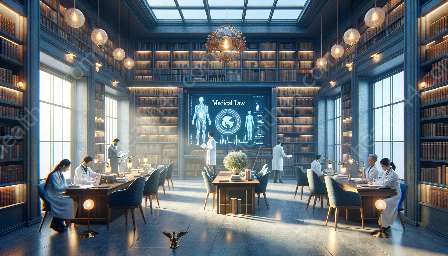When it comes to understanding the human body, anatomy serves as the foundation. From the intricate network of organs and tissues to the complex systems that keep us alive, the study of anatomy provides invaluable insights into our physical existence. In this comprehensive topic cluster, we'll delve into the various aspects of human anatomy, exploring the structure, function, and relevance to medical and health practices.
Understanding Human Anatomy
Anatomy is the study of the structure of the body and the relationships between its parts. It encompasses various branches, including gross anatomy, microscopic anatomy, and developmental anatomy. Gross anatomy examines the larger structures of the body, while microscopic anatomy focuses on the smaller components, such as cells and tissues. Developmental anatomy, on the other hand, explores the changes that occur in the body throughout the lifespan, from embryonic development to aging.
The Skeletal System
The skeletal system provides the framework for the body and protects vital organs. Comprising bones, cartilage, and joints, it supports movement, stores minerals, and produces blood cells. Understanding the skeletal system is crucial for diagnosing and treating musculoskeletal disorders, as well as for surgical interventions and rehabilitation.
The Muscular System
The muscular system is responsible for movement, posture, and heat production. It is composed of muscles, tendons, and connective tissue, working in coordination with the skeletal system. Knowledge of muscular anatomy is essential for physical therapists, athletes, and healthcare professionals involved in the treatment of muscle-related injuries and conditions.
The Cardiovascular System
The cardiovascular system, comprising the heart and blood vessels, is responsible for transporting oxygen, nutrients, and waste products throughout the body. Understanding the intricate anatomy of this system is crucial for diagnosing and managing cardiovascular diseases, as well as for surgical interventions such as bypass surgeries and angioplasty.
The Nervous System
The nervous system coordinates the body's activities and enables sensory perception. It consists of the brain, spinal cord, and nerves, facilitating communication between different parts of the body. In-depth knowledge of neuroanatomy is vital for neurosurgeons, neurologists, and rehabilitation specialists working with patients with neurological disorders.
Relevance to Medical Literature & Resources
The study of anatomy is deeply intertwined with medical literature and resources. An understanding of human anatomy is fundamental for healthcare professionals and researchers. Medical literature provides comprehensive insights into anatomical structures, physiological functions, and pathological conditions, serving as a foundation for evidence-based practice and medical education.
Medical resources, such as anatomical atlases, imaging techniques, and digital databases, offer detailed visualizations and references for anatomical studies. These resources play a critical role in medical training, diagnosis, and surgical planning, enhancing the understanding and application of anatomical knowledge in clinical settings.
Implications for Health
The implications of anatomy for health are profound. Knowledge of human anatomy forms the basis for understanding disease processes, identifying symptoms, and devising treatment strategies. From the assessment of trauma injuries to the interpretation of imaging studies, anatomical expertise is indispensable for healthcare providers across various specialties.
Furthermore, public health initiatives, patient education materials, and preventive medicine efforts often rely on anatomical knowledge to promote wellness and disease prevention. By understanding the anatomical underpinnings of health and disease, individuals can make informed decisions about their well-being and advocate for healthy lifestyles.
Conclusion
Delving into the intricacies of human anatomy provides a profound appreciation for the complexities of the human body. From its role in medical literature and resources to its implications for health, anatomy transcends mere structures and functions, offering insights that shape the practice of medicine and the pursuit of well-being.

